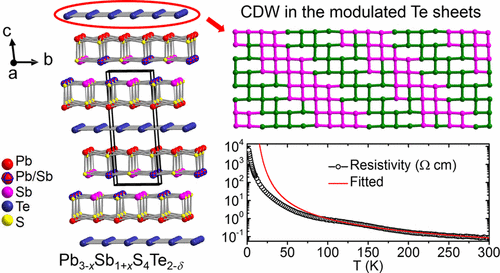Crystallographic Structure Elucidation
Overview
Single-crystal X-ray crystallography is widely considered to be the gold standard for the structure elucidation of crystalline solids. Single crystal crystallographic methods are used to establish structure-property relationships for new compounds ranging from organic and inorganic small molecules, to extended solids, to proteins. Additionally, powder crystallography has emerged over the past 30 years as powerful methods for investigating the structures of materials that cannot be studied with single-crystal methods. Please check out some selected publications resulted by IMSERC users along with the list of other crystallographic services available in IMSERC.
User's success story
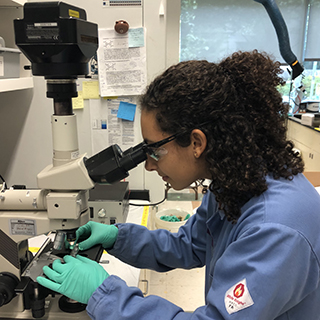 IMSERC’s state-of-the-art PXRD and SCXRD capabilities propel my research forward and reveal fascinating chemical phenomena
IMSERC’s state-of-the-art PXRD and SCXRD capabilities propel my research forward and reveal fascinating chemical phenomena
Read more

Applications
- Determination of unit cell and bonding environment (bond-lengths, bond-angles, cation-anion coordination, site-ordering, etc.)
- Determination of packing of molecules and co-crystals
- Determination of Hydrogen bonding
- Determination of enantiomers
- Refinement of modulated and twinned structures (incommensurate, commensurate, composite superstructures)
- High resolution data for charge density measurement and precise assignment of atoms with similar chemical environment
Please visit our expanded list of application per research area for more details about this technique.
If you are interested in utilizing any of these applications for your research Start a project
Selected Publications
-
Structure solution from variable temperature powder diffraction data
Ag2Se to KAg3Se2: Suppressing Order-Disorder Transitions via Reduced Dimensionality
Rettie, A. J. E.; Malliakas, C. D.; Botana, A. S.; Hodges, J. M.; Han, F.; Huang, R.; Chung, D. Y.; Kanatzidis, M. G. [10.1021/jacs.8b04888]
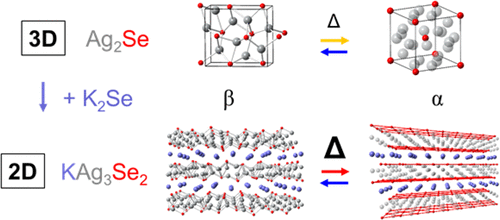
-
Noncentrosymmetric structure
Periodic Tendril Perversion and Helices in the AMoO2F3 (A = K, Rb, NH4, Tl) Family
Hancock, J. C.; Nisbet, M. L.; Zhang, W.; Halasyamani, P. S.; Poeppelmeier, K. R. [10.1021/jacs.0c01218]
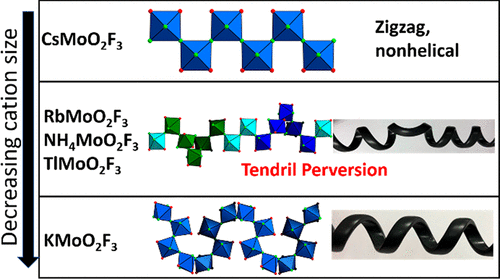
-
Single crystal studies of gas-host interactions at 8 K
CO Binding at a Four-Coordinate Cobaltous Porphyrin Site in a Metal–Organic Framework: Structural, EPR, and Gas Adsorption Analysis
Gallagher, Audrey T.; Malliakas, Christos D.; Harris, T. David [10.1021/acs.inorgchem.7b00292]
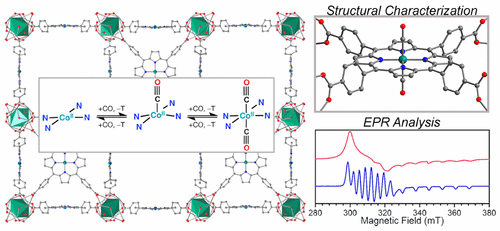
-
Incommensurate modulated structure from single crystal data
Charge Density Wave and Narrow Energy Gap at Room Temperature in 2D Pb3-xSb1+xS4Te2-δ with Square Te Sheets
Chen, H.; Malliakas, C. D.; Narayan, A.; Fang, L.; Chung, D. Y.; Wagner, L. K.; Kwok, W. K.; Kanatzidis, M. G. [10.1021/jacs.7b06446]
